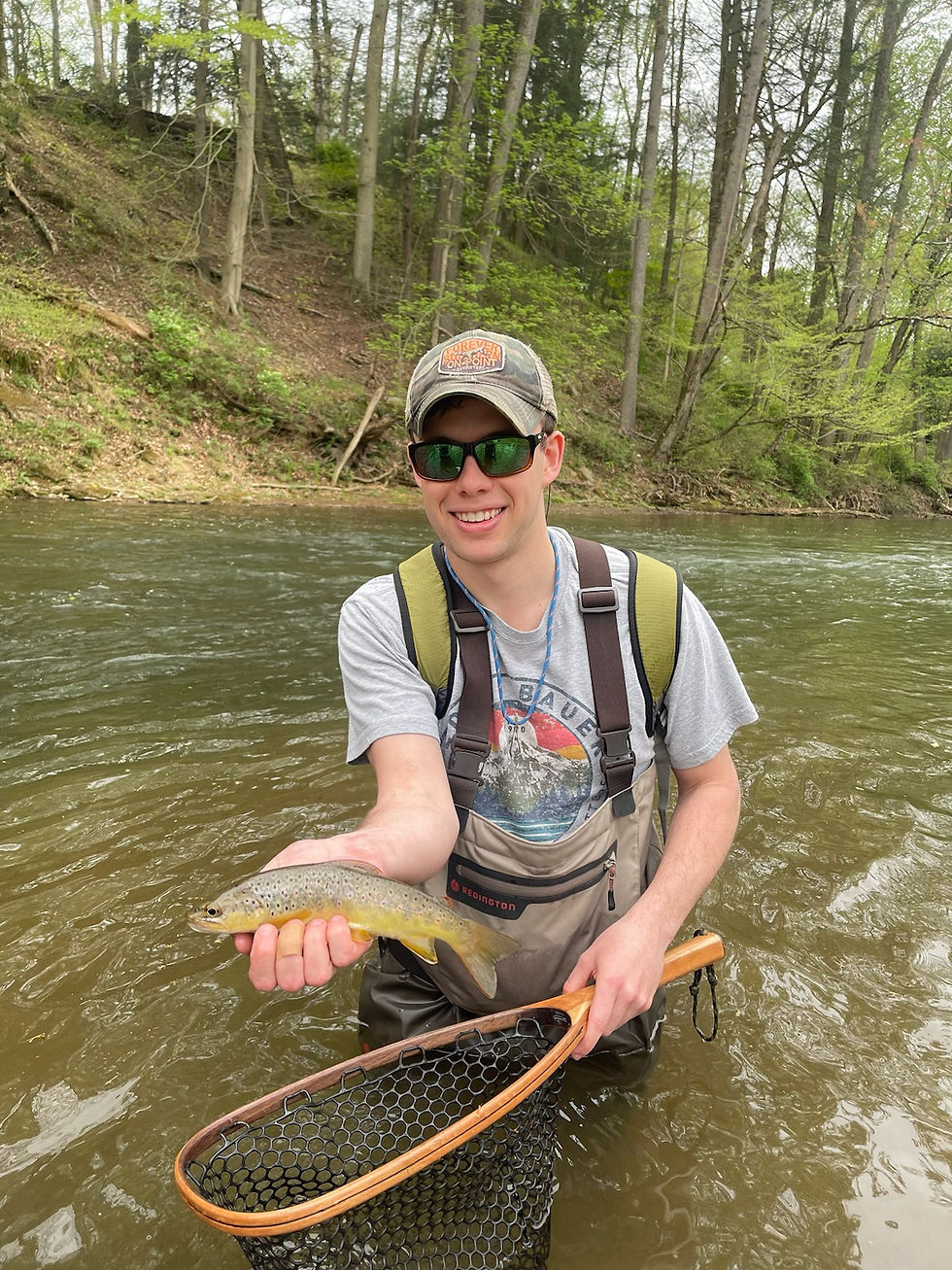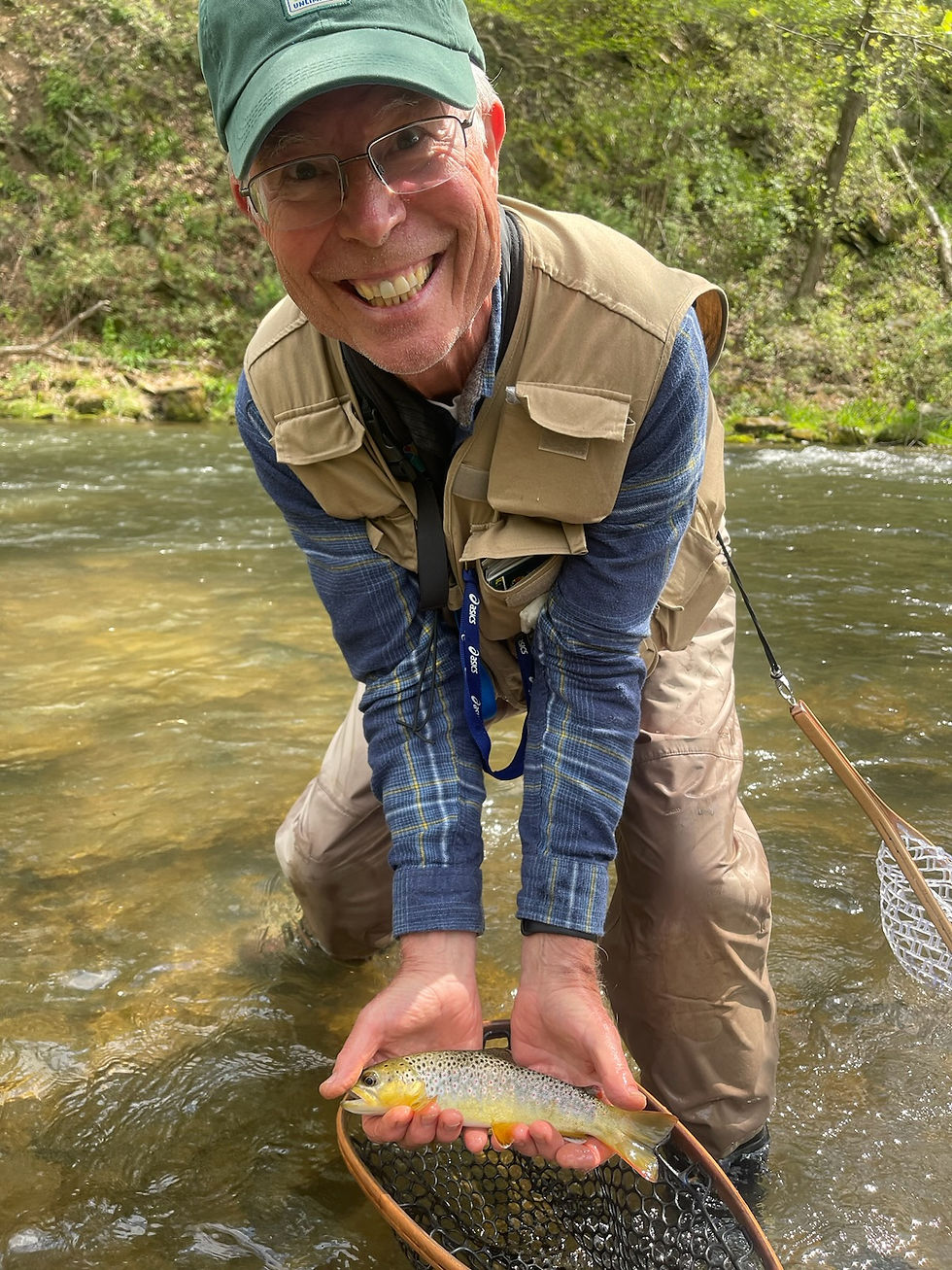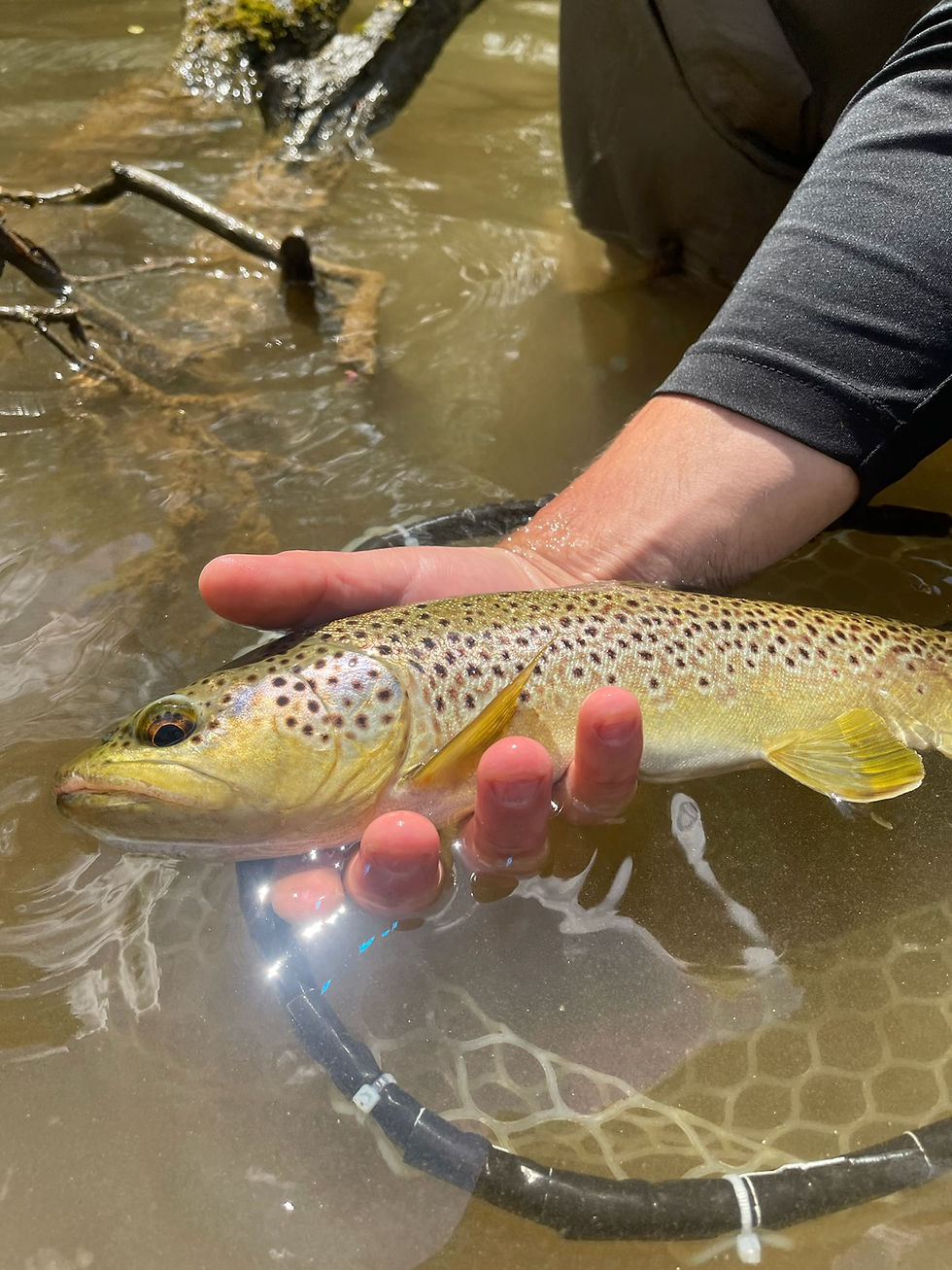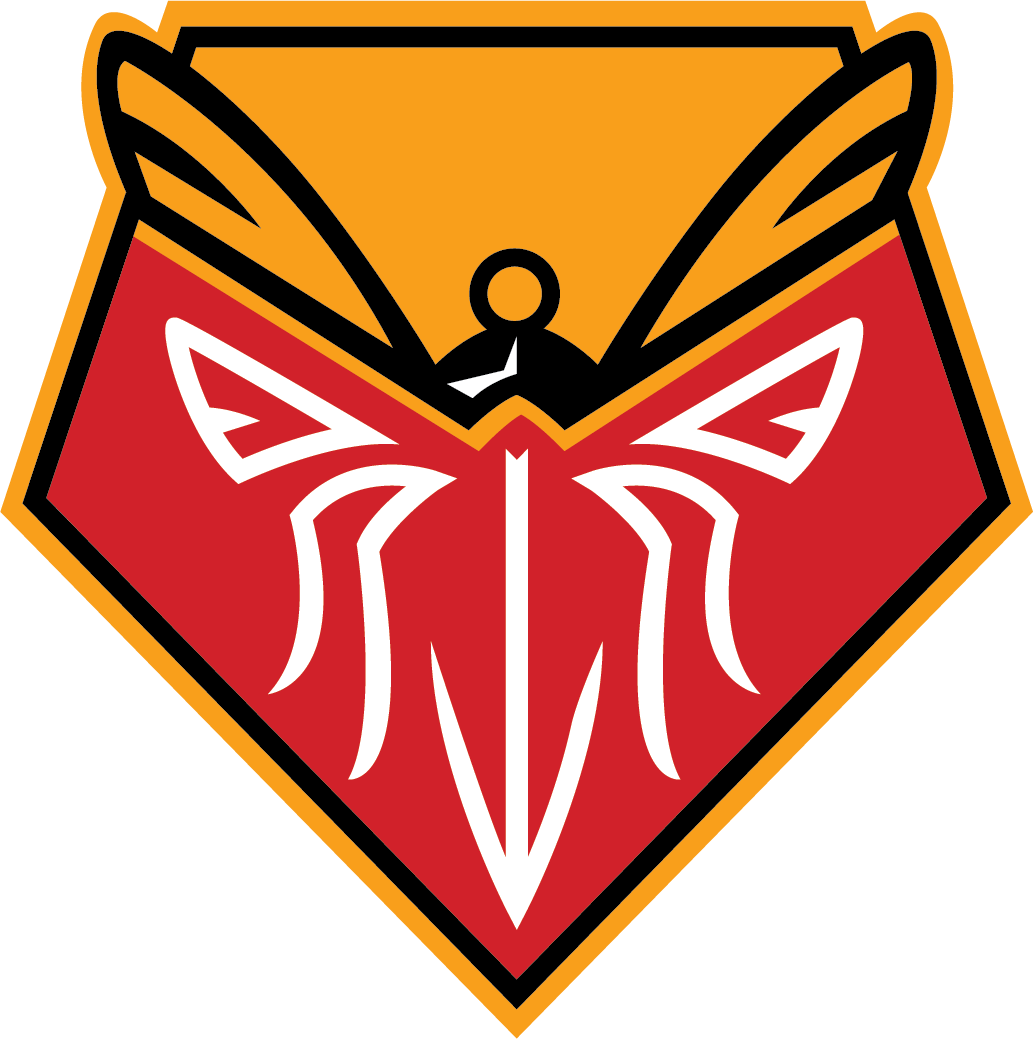Gunpowder River Report: 4/26/23
- Tight Lining MD
- Apr 26, 2023
- 4 min read
Heading out to the Gunpowder River? Check out the most recent report of the stream from Mike Slepesky

This wonderful group of anglers is from our second session, of the Euro Clinic, sponsored by Great Feathers. This group, including one more, caught 10 trout in 100 yards of stream in only two hours. Their future with Euro Nymphing is fishy! Day one of the clinic cleaned up as well, nice job boys! Two spots left for May 6th! Join in on the fun and call Great Feathers.
Current Stream Temps- 46-56 degrees! (it has been dropping recently due to the cold front; but still an ideal temp range)
Current Stream Levels- 50-100 cfs; levels have dropped after the recent rains and stabilized around 60 cfs, which makes for good fishing. We are due for two good rain events this weekend, that should push these levels over 100 and prime it up!
Current Bugs- Hendricksons and Caddis are coming off in good numbers, especially lower in the system. Fish are looking up and eating on top! Splashy rises to be seen!
Use the advice below to help you net a few more fish the next time you step out on the water!
Tip #1 - Double Your Pleasure Double Your Fun
I think we can all agree that the spring has the best flows, right? This may not always be true, but it is a good rule of thumb. As a result, this is a wonderful time of year to fish a double nymph rig. Here are some quick reasons why:
Fish multiple depths
Fish different color beads
Fish different flies
Fish different sizes
You can collect data throughout your day on where, how, and what fish are being caught on. I look for patterns on areas of the river, which fly they are taking, where is it on my system, profile of fly, etc. With this aggregated information you can more effectively fish the sections of water you have selected for the day, as you move on to new water armed with information from before.

Pictured above is Conrad, who picked off his first Euro Nymphed trout with a Blow Torch. This fish was a product of fishing two flies effectively in deep water and giving fish multiple choices in a variety of water. Excellent work Conrad!
Tip #2 - Pick apart your water
Many anglers will take the path of least resistance. Parking where there is easy access, and entering the river not far from the lot. Hell, I don't blame you .Trout do the same! Trout sit in places in the river where they can expend the least amount of energy for the most amount of food. As a result, we as anglers much always be hunting to find these areas and pick them off.
Right now, in the spring, fish are spread out all over in the river. We are catching fish in riffles, runs, and pools. For example, on a recent Euro Nymphing Clinic, we spread 4-6 anglers across two days in 100 yards of stream. We fished areas most anglers struggle to fish efficiently. Specifically, we fished the heavier riffles and runs. By fishing bugs like the Perdigon, we can have our presentation dive deep quickly and break the surface tension. Often times, 6-12 inches of water is all a trout needs, with a rock or structure nearby, to happily sit and eat. Make sure when you are out there, that you are reading the water and fishing ALL of the different types of water to find patterns of where fish are located. Thankfully, this time of year it can be just about anywhere, so fish it all!
Question to consider: Would you rather fish 1 hole with 100 active fish, or would you rather fish 100 holes with 1 active fish in each?

Pictured above is Alan, from PPTU, who nailed a nice Gunpowder Brown in a foot of water on a Blow Torch! Fish are actively feeding with vigor on this fast broken water and a quick dead drift can be lethal!
Tip #3 - "Swing for the fences"
This phrase can be interpreted a couple ways:
A.) Swing your nymphs during your drift
B.) Throw a streamer and hunt down the big ones!
Starting with the first point, now is as good of a time as you will have swinging nymphs. Bugs are emerging, hatches are coming off, and fish are actively eating in the top third of the water column on or near the surface. As a result, in the spring, I really like to swing my presentation on the back half of my drift. Truthfully, I don't really swing my flies much of the rest of the year. What I focus on is tracking my flies down stream below my rod and then allowing them to rise up through the column as I pause my rod from moving. Once the flies have reached the surface, I start a brief countdown and wait for that tug! When I fish this style I am often fishing a tandem/double nymph rig. Lastly, it is important to me that my tag nymph has a CDC collar. I will be fishing Blow Torches, Tasmanian Devils, or CDC France Flies.
Secondly, some of the best fish of the year are unearthed in the spring and fall. I believe the spring is a great time to take a big fish on a nymph. The argument would be because they have the most abundant food source of the year for bugs. However, bigger fish are notoriously piscivorous. As a result, they get big preying on other food sources like baby trout and chubs. Therefore, it is a good idea to throw a meaty jig streamer, or even articulated one. Some of the best times to do so is pre-front or post rain event as the water is rising or dropping. This can be a swing and miss approach, but you just may find yourself that gem of the season as well!

This beautiful 17' brown was taken on a nymph from our Euro Nymph Clinic by Christian. He was fishing a deep 4-5 foot run and crossed paths with this beast. It goes to show nymphing can produce quality fish and landed with barbless hooks on light tippet. Great work buddy!
Get your boots wet and chase down some fish!
I hope this report, with tips included, helps you the next time you head out to the Gunpowder River. Be sure to head over to my Youtube Channel and see the latest adventure, head over to the store for euro nymphs for your next outing, and consider booking a trip for the summer through the website.

Komentáře